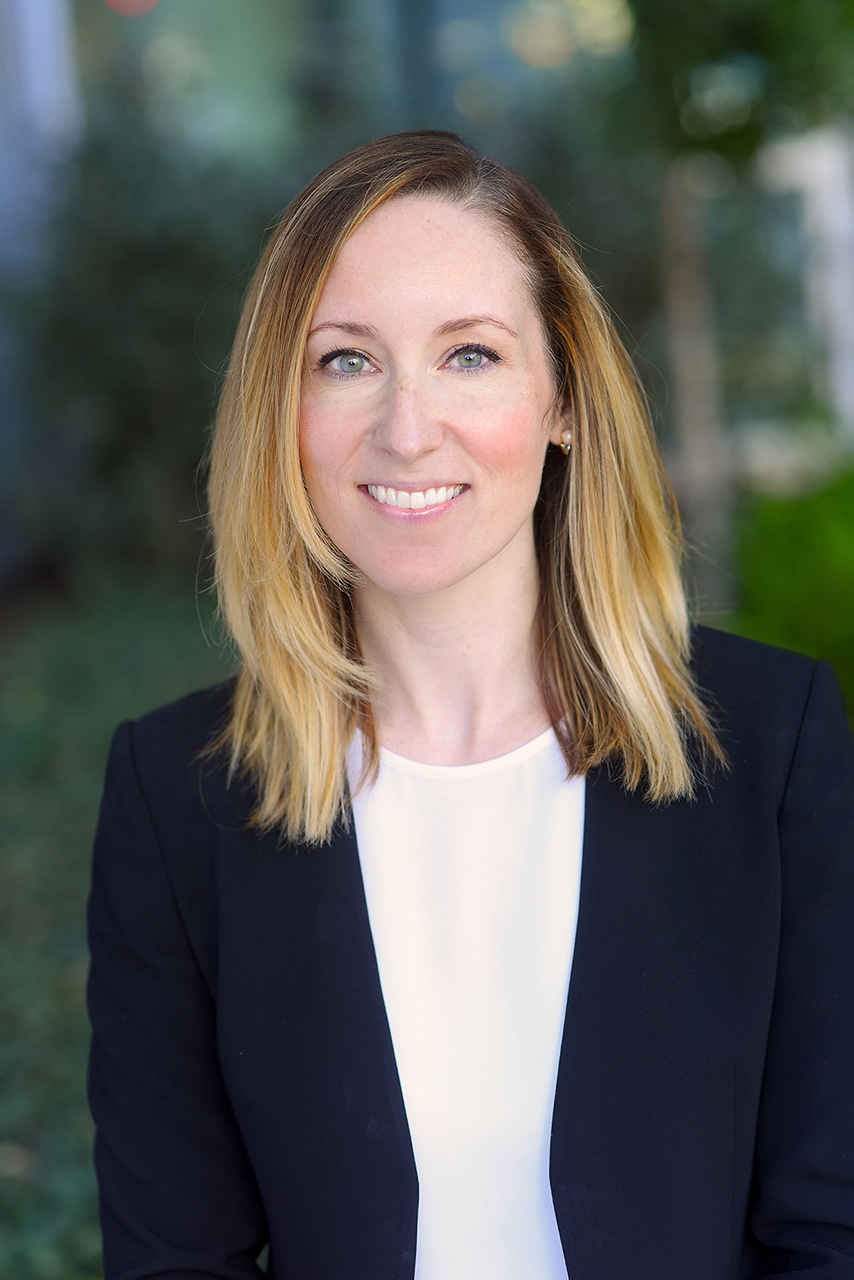As one of the nation's most serious health threats, opioid use is receiving much-needed new attention from clinical researchers. But little data exists about the impact of the drugs within one important population: children.

Lorraine Kelley-Quon, MD, MSHS—a pediatric surgeon and clinical researcher at Children’s Hospital Los Angeles (CHLA) and Assistant Professor of Clinical Surgery and Preventive Medicine at the Keck School of Medicine of USC—is not in a position to ignore the topic. At CHLA, she cares for infants and young patients who undergo painful procedures and sometimes require opioids for pain control.
Cognizant of the dangers of opioids, Kelley-Quon started to formulate research questions about the impacts of these medications on children, including the relationship between nonmedical use of opioids and later use of heroin. Heroin use carries significant additional risks of addiction, overdose and injection-related diseases such as hepatitis and HIV.
"Teenagers are especially vulnerable to harms from opioid use," said Kelley-Quon. "Even though they may be the size of an adult, and may weigh as much as an adult, their brains are still developing."
Concerns about opioids and kids eventually became the focus of a research study Kelley-Quon is conducting while a scholar in the KL2 researcher training program at the Southern California Clinical and Translational Science Institute (SC CTSI.) Her mentor in the KL2 program, Adam M. Leventhal, PhD—Professor of Preventive Medicine and Psychology at Keck School of Medicine of USC—studies addiction, substance use, and behavioral health.
Leventhal has long been conducting regular surveys and studies of opioid and substance use by teenagers in 10 Los Angeles high schools. His research group has amassed years of longitudinal data about student substance use, as well as measurements of teen depression, anxiety, and family history of substance use.
While there have been shorter-term studies of opioid use by children, there was a dearth of longitudinal research that followed kids through the course of their teenage years. Kelley-Quon and Leventhal realized they could use the survey data to explore questions about opioids and heroin use.
It may seem surprising that a surgeon would connect with an addiction psychologist for research mentorship, but Kelley-Quon's cross-disciplinary research interests in opioids were sparked early, during her training as a surgeon. "I operated on a baby and at first the infant was doing great after surgery, but soon started going into withdrawal," she said. "We found out the mother had been using opioids during the pregnancy and the child went into the foster system. I felt so bad for the baby and the mother. That made it clear to me how addiction impacts families and society, and it's what drives me to do research."
Kelley-Quon's study found a significant relationship between opioid misuse and heroin, concluding: "Nonmedical prescription opioid use was prospectively associated with subsequent heroin use initiation during 4 years of adolescence among Los Angeles youth. Further research is needed to understand whether this association is causal."
The study, Association of Nonmedical Prescription Opioid Use With Subsequent Heroin Use Initiation in Adolescents, was recently published in the journal JAMA Pediatrics.
Kelley-Quon intends to develop evidence-based decision support tools that help physicians safely prescribe opioids for children, and help policy makers develop legislation that protects kids. The SC CTSI has provided her with a team science grant to develop guidelines for opioid prescribing after surgery.
"Many surgeons and pediatricians are not used to thinking about pediatric opioid use," said Kelley-Quon. "I feel it's important to bring together surgeons, nurses, pediatricians and other health care providers to develop guidelines promoting opioid stewardship for children."
Championing safe disposal of unused opioids.
Kelley-Quon has also driven more immediate measures to combat nonmedical opioid use through a program that makes it easier to get rid of unused pills. Studies have indicated that up to 70 percent of prescribed opioid pills go unused after surgery. Some are disposed of, but many sit in medicine cabinets, where they can be discovered by children or adults seeking them for nonmedical purposes. But getting rid of extra pills may not be as simple as you might think.
One typical disposal method is the toilet, but some authorities have raised concern about the drugs entering the water supply. There are DEA-registered opioid disposal boxes at police stations, but Kelley-Quon points out that many people are reluctant to saunter into a police station with a pocketful of pills. So Kelley-Quon contacted CHLA leadership with her plan to install a secure opioid pill disposal receptacle at CHLA—the first in a children's hospital in the western United States. It was installed on the first floor just outside CHLA's specialty pharmacy, and was ready to collect unused medications as of July 1, 2019.
